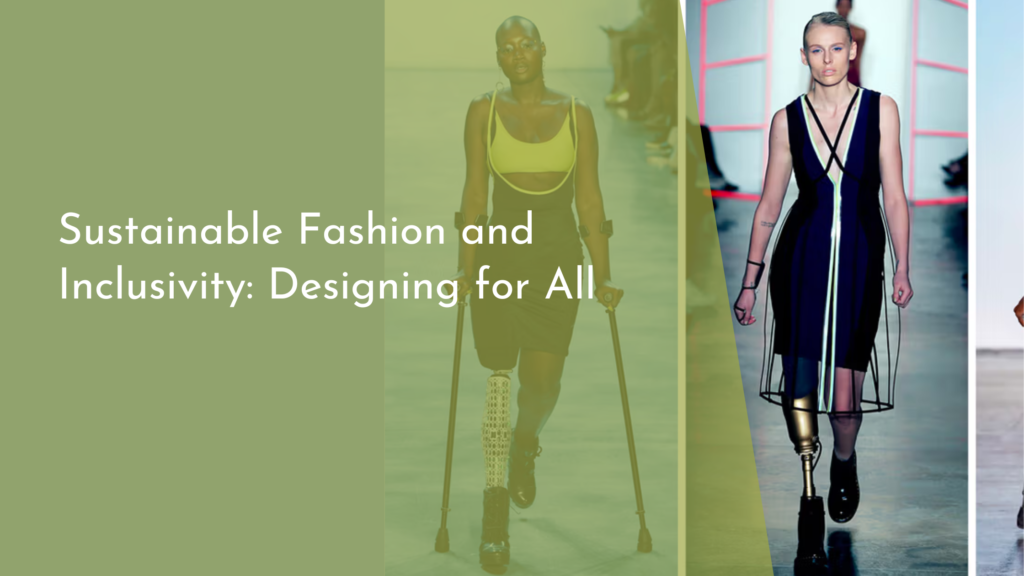Innovative Fabrics Leading the Conscious Fashion Movement
The fashion industry, long critiqued for its environmental impact, is undergoing a transformative shift towards sustainability. As designers and consumers increasingly prioritize eco-friendliness, the spotlight is now on innovative fabrics that drive the conscious fashion movement. These groundbreaking materials not only address ecological concerns but also offer exciting new possibilities for style and function. In this article, we explore the rise of sustainable innovations, examine breakthrough materials, take a closer look at eco-friendly textiles, and envision a future where conscious fashion takes center stage.
The Rise of Sustainable Innovations in Fashion
The fashion industry has been making great strides in embracing sustainability, spurred by increased consumer awareness and demand for environmentally friendly products. Leading brands are investing heavily in research and development to create innovative fabrics that minimize environmental footprints. Developing textiles from renewable resources and recycling existing materials have become central strategies, allowing fashion to evolve without compromising the planet.
The push towards sustainable fashion is further bolstered by advancements in technology, which have made it feasible to produce high-quality, eco-friendly fabrics at scale. From biodegradable to zero-waste textiles, these innovations not only reduce the industry’s carbon footprint but also offer consumers a wider array of choices. As more designers and manufacturers adopt sustainable practices, the movement is rapidly gathering momentum, setting new standards for the future of fashion.
Breakthrough Materials Reshaping the Industry
One of the most exciting developments in the conscious fashion movement is the introduction of fabrics derived from unconventional sources. Algae, mushrooms, and even food waste are being transformed into textiles that boast remarkable properties. These materials are not only sustainable but also offer unique textures and functionality, challenging traditional notions of what fashion can be. For instance, mycelium leather, derived from mushrooms, provides a cruelty-free alternative to traditional leather, reducing the industry’s reliance on animal products.
Another innovative material making waves is fabric made from recycled plastic bottles. By repurposing waste that would otherwise end up in landfills or oceans, fashion brands are not only reducing pollution but also creating durable, stylish products. These textiles, often indistinguishable from their conventional counterparts, demonstrate the potential of circular fashion and underscore the importance of rethinking resource use in the industry.
Eco-Friendly Textiles: A Closer Look
Natural fibers such as organic cotton, hemp, and bamboo have long been hailed as eco-friendly alternatives to conventional textiles. Grown without harmful pesticides and requiring significantly less water, these materials offer a more sustainable option for conscious consumers. Additionally, advances in processing techniques have made it possible to produce these fabrics with minimal environmental impact, further enhancing their appeal.
Beyond natural fibers, innovations in textile technology are introducing blends that maximize sustainability and functionality. For instance, fabrics that integrate recycled polyester with natural fibers not only reduce waste but also offer enhanced durability and moisture-wicking properties. These eco-friendly textiles are paving the way for a new era of fashion that does not sacrifice performance or aesthetics for sustainability.
The Future of Conscious Fashion: A Bright Outlook
As the fashion industry continues to embrace sustainable practices, the future of conscious fashion looks promising. With ongoing research and development, more groundbreaking materials are likely to emerge, offering even greater opportunities for innovation. The integration of smart textiles, which incorporate technology for added functionality, is an exciting prospect, as it can result in clothing that adapts to environmental conditions or monitors health metrics, all while being sustainably produced.
Consumer demand for eco-friendly fashion is also expected to grow, driven by increased awareness of environmental issues and the desire for ethical consumption. This shift in consumer preferences will likely encourage more brands to adopt sustainable practices and invest in innovative materials. As the conscious fashion movement progresses, it not only holds the promise of a more sustainable future but also redefines fashion as a force for positive change.
The conscious fashion movement, led by innovative fabrics, is a testament to the industry’s ability to reinvent itself in the face of environmental challenges. By embracing sustainable materials and practices, fashion is moving towards a future that values both style and sustainability. As consumers continue to demand eco-friendly options, and new technologies expand the possibilities for innovation, the journey towards a more conscious fashion industry is set to continue. With each new development, the vision of a world where fashion respects both people and the planet becomes ever more attainable, offering hope for a brighter, more sustainable tomorrow.

